Important tyre symbols you must know
Our car tyres are not bare. They have treads, numbers and symbols crucial to keeping your tyre ‘healthy’. In this article, we will go through the various alphanumeric symbols on tyres so you can give your tyres the car they need.
Tyre code
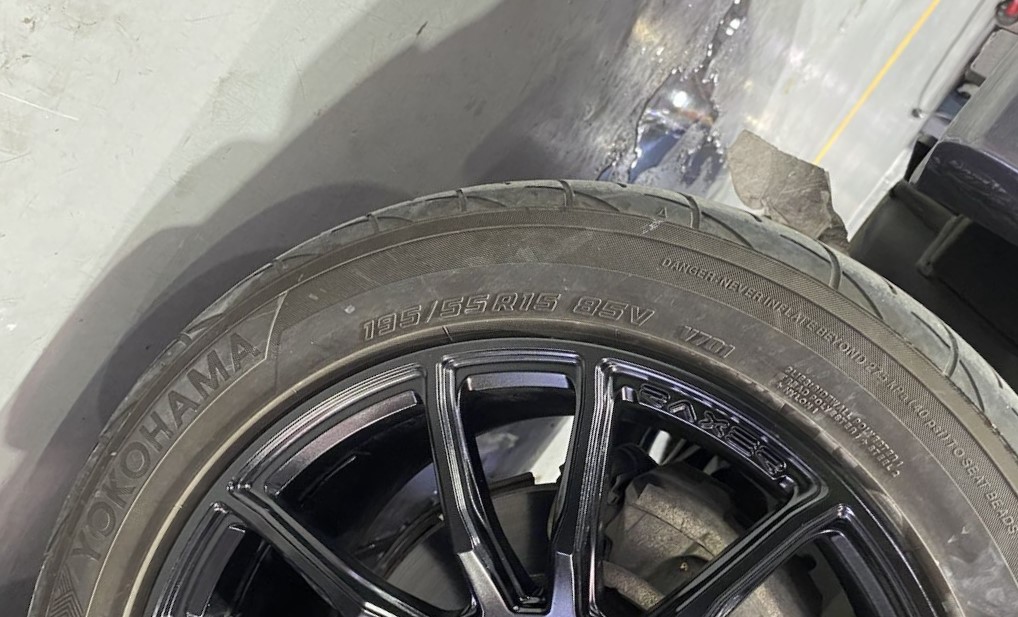
The most prominent string of letters and numbers is the tyre code. This code provides essential information about the tyre at a glance. For example, on the above tyre, it is 195/55R15 85V.
Tyre width
195 – The tyre width is measured in millimetres from sidewall to sidewall.
Aspect ratio
55 – indicates the tyre’s sidewall height as a percentage of the tyre width. In this case, 55% of the tyre width is in mm.
Tyre construction
Like most tyres, the letter ‘R’ indicates that the tyre is of radial construction. A smaller number of tyres with different construction have the letters ‘B’ (bias belt) and ‘D’ (diagonal).
Wheel diameter
15 – This figure signifies the wheel rim size in inches that the tyre is intended to be fitted to.
Read more: SUV tyres: a hidden cost?
Tyre load index
Tyres have an optimum pressure where they function best. Your vehicle handbook will have information on recommended tyre pressures, suitable for everyday driving. You can also refer to the door of your driver’s seat for more information. The load index is directly related to a weight in kilograms as displayed in the table below. In this example, the load index of the tyre is 85 which means the maximum load it can carry is 515 kg.
| Load Index | Load Capacity (kg) | Load Index | Load Capacity (kg) | Load Index | Load Capacity (kg) |
|---|---|---|---|---|---|
| 70 | 335 | 89 | 580 | 108 | 1000 |
| 71 | 345 | 90 | 600 | 109 | 1030 |
| 72 | 355 | 91 | 615 | 110 | 1060 |
| 73 | 365 | 92 | 630 | 111 | 1090 |
| 74 | 375 | 93 | 650 | 112 | 1120 |
| 75 | 387 | 94 | 670 | 113 | 1150 |
| 76 | 400 | 95 | 690 | 114 | 1180 |
| 77 | 412 | 96 | 710 | 115 | 1215 |
| 78 | 425 | 97 | 730 | 116 | 1250 |
| 79 | 437 | 98 | 750 | 117 | 1285 |
| 80 | 450 | 99 | 775 | 118 | 1320 |
| 81 | 462 | 100 | 800 | 119 | 1360 |
| 82 | 475 | 101 | 825 | 120 | 1400 |
| 83 | 487 | 102 | 850 | 121 | 1450 |
| 84 | 500 | 103 | 875 | 122 | 1500 |
| 85 | 515 | 104 | 900 | 123 | 1550 |
| 86 | 530 | 105 | 925 | 124 | 1600 |
| 87 | 545 | 106 | 950 | 125 | 1650 |
| 88 | 560 | 107 | 975 | 126 | 1700 |
Speed rating
All tyres have a speed rating, which is the maximum speed that a tyre can go when carrying its maximum load. A letter is used to indicate the speed rating. In this example, the tyre’s speed rating is V so the maximum speed is 240 km/h.
| Speed rating | Maximum speed (km/h) | Vehicle type |
|---|---|---|
| T | 190 | Sedan/Minivan |
| H | 210 | Sports sedan/Coupe |
| V | 240 | Sports car |
| W | 270 | Sports car |
| Z | 240+ | Sports car (consult manufacturer) |
Mounting direction
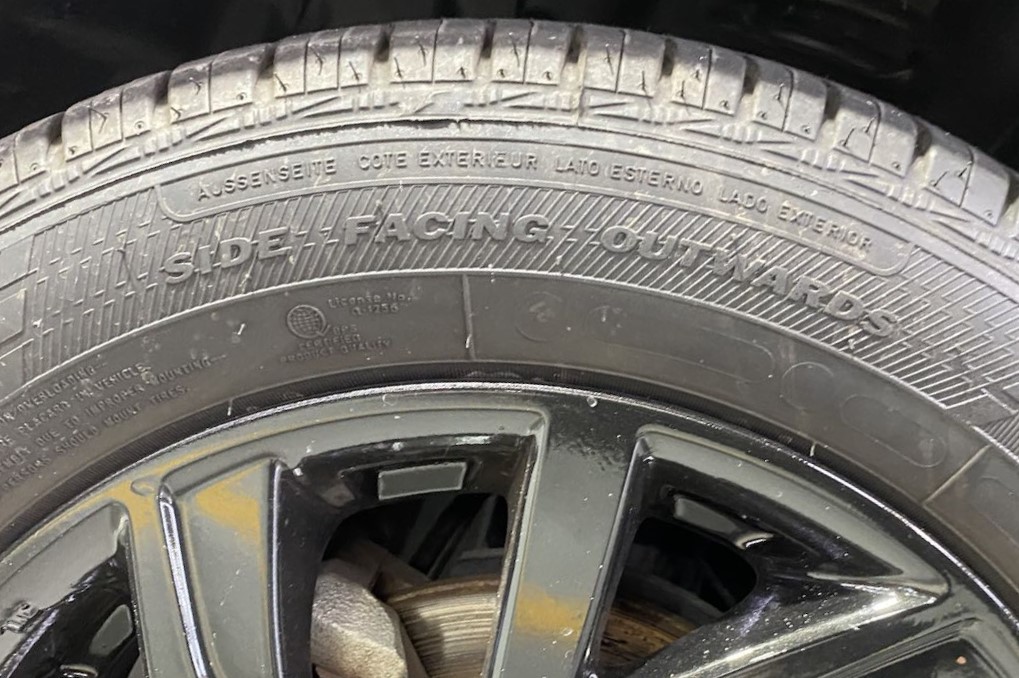
There are symmetrical tyres and asymmetrical tyres. The former can be placed on the wheel in any way while the latter requires a bit more care. Some have sides that must face outwards and even indicate the direction of rotation.
Symmetrical
These tyres are symmetrical, with both the inside and outside sharing the same tread pattern. This allows symmetrical tyres to be switched between left and right or rotated without issue. This can extend the tyre’s life if done correctly.
Asymmetrical
Asymmetrical tyres are designed with distinct patterns on the outside and inside, each tailored for specific road conditions. The outside has larger treads which provide better grip on dry roads and are made for endurance. In contrast, the inside has smaller treads which expel water and are made with high-grip materials that do better on wet surfaces. This combination of large and small treads on the same tyre makes asymmetrical tyres versatile and perfect for nearly all weather conditions.
Tyres with an inside and outside will have the outside indicated as in the above image.
Directional
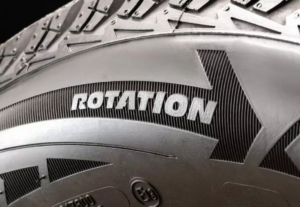
Some tyres are designed with a fixed orientation, indicated by a v-shaped tread pattern that enhances grip and improves water dispersion. These directional tyres can only be rotated front to back or you will not get the most out of the tread as they will have poorer grip and the risk of aquaplaning will be greater.
Read more: 7 tips to drive safely in the rain
Wear indicator
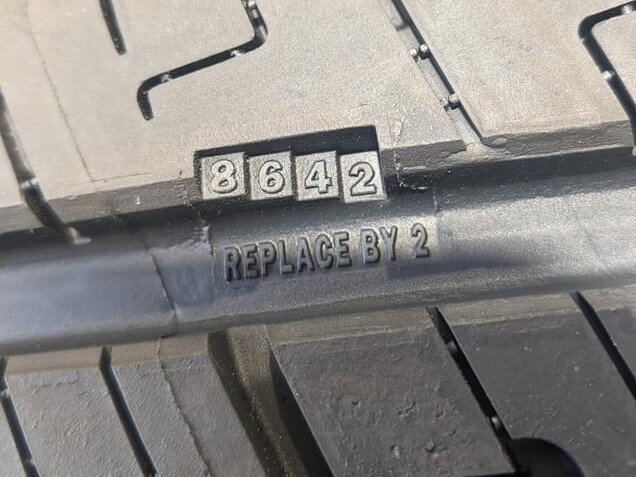
Your tyres don’t last forever. They wear down over time due to driving, hitting potholes and being exposed to the elements. As the treads wear, the grip your car has on the road reduces. That’s why some manufacturers design tyres with built-in tyre wear indicators. You can use these markers to determine if it is time to replace your tyres.
Read more: 3 important ways to take care of your car tyres
Manufacturing date
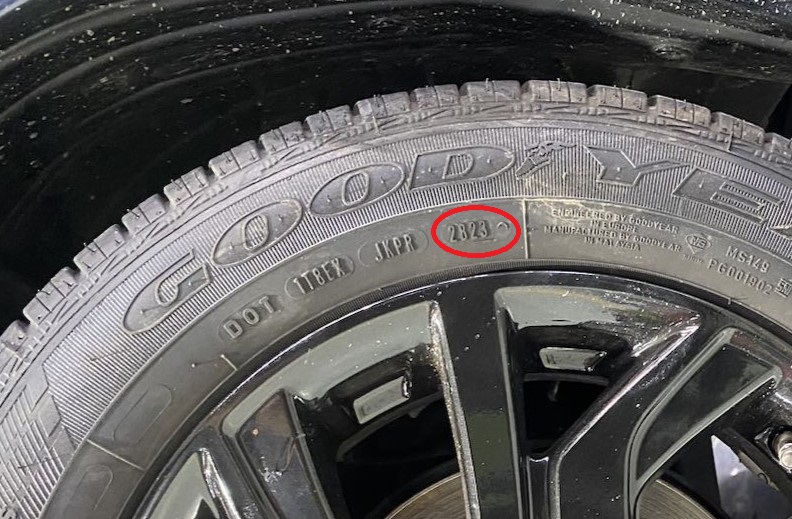
The manufacturing date is displayed as a string of letters and numbers but only the last four digits show the date. In the above example, the last four digits on the tyre read “2823”, which tells us that this particular tyre was manufactured on the 28th week of 2023.
European ECE approval
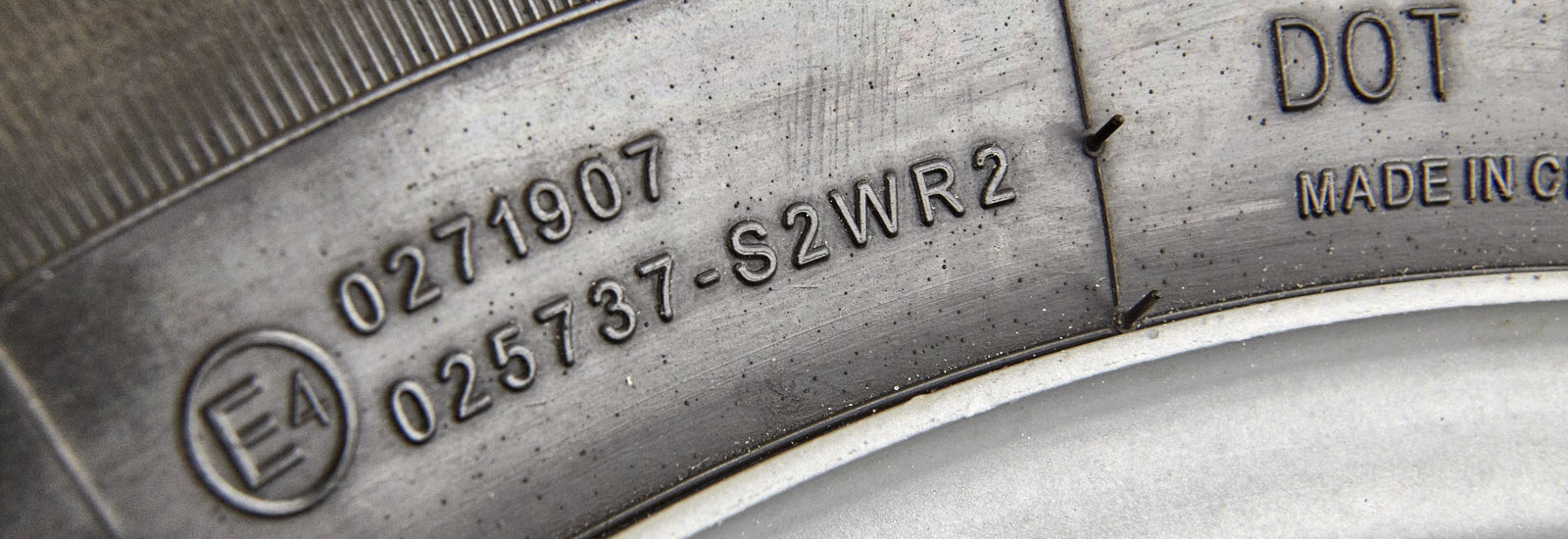
This indicates that the tyre has been tested and passed European safety standards. The digit following the E is a code that relates to the country in which the tyre was approved. In this example, E4 means that the tyre was approved in the Netherlands. Malaysian tyres only need Malaysian certification and therefore do not often have ECE approval.
Now armed with this information, you will be able to care for your tyres properly. If you rather leave it to the professionals, our well-trained maintenance and service teams are available. Book a service appointment with us and everything will be taken care of.





